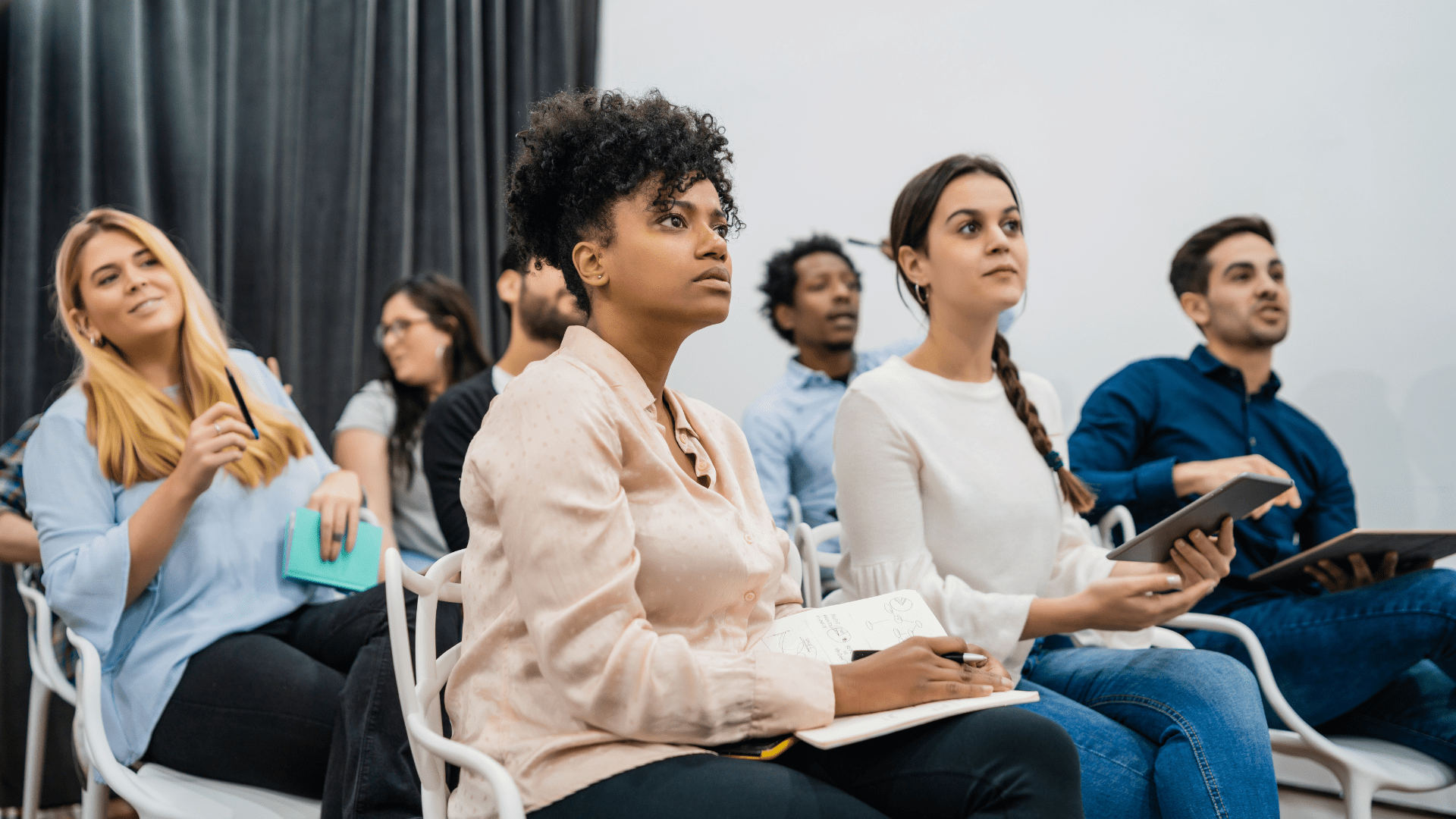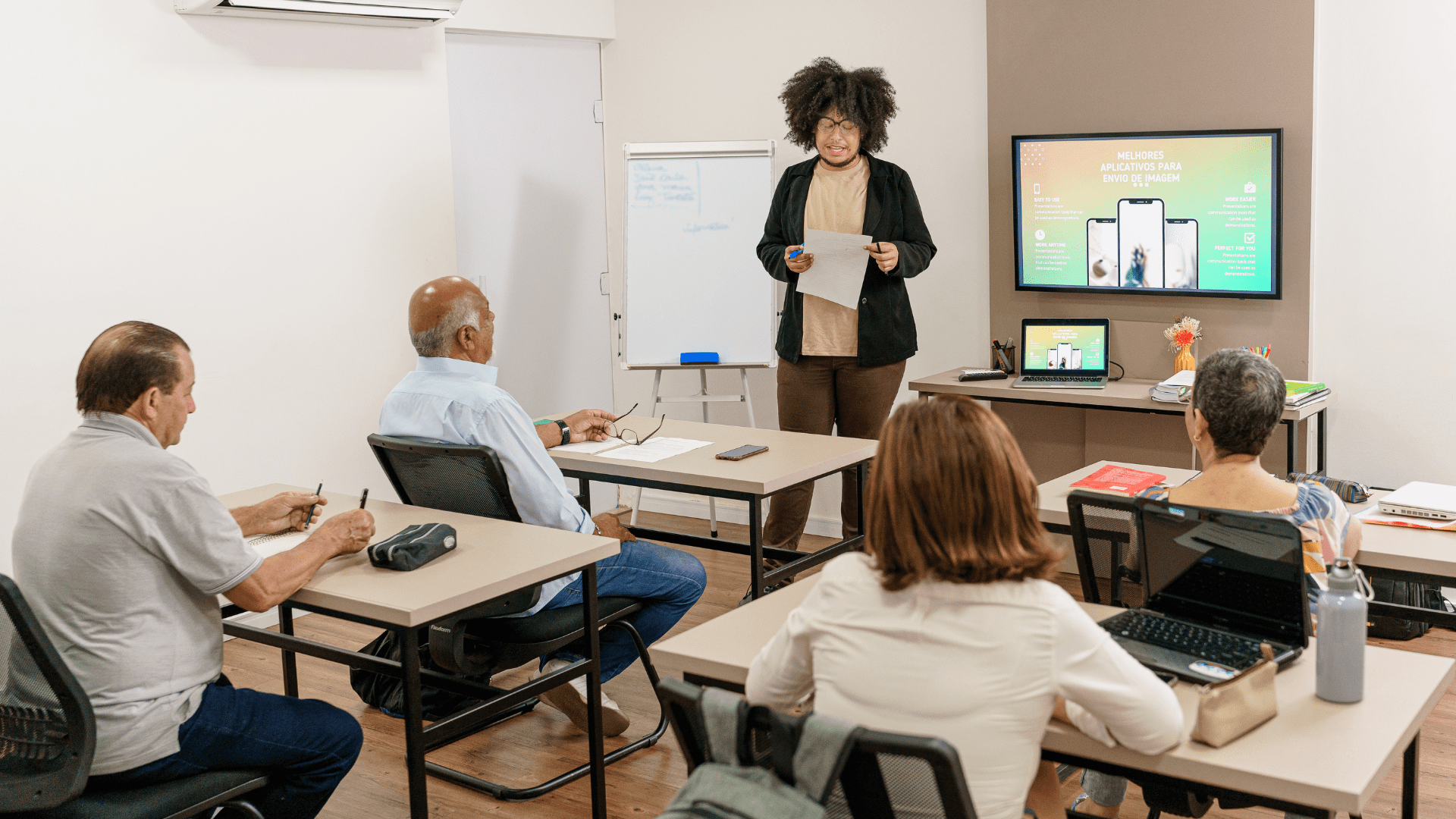Roles of Sensory Information in Learning


Understanding the roles of sensory information in learning is essential for designing educational experiences that are engaging, effective, and inclusive. Sensory information not only serves as the foundation of learning but also plays a crucial role in memory formation, attention, and focus.
Sensory foundations in learning
Sensory information serves as the foundation of learning, triggering cognitive processes and aiding memory formation. Engaging multiple senses enriches learning experiences, making them more memorable. Additionally, sensory input influences attention and focus, guiding learners’ cognitive resources and minimizing distractions. Understanding the role of sensory information enables us educators to design stimulating and engaging learning experiences conducive to memory retention.
- Empirical evidence Research indicates that engaging multiple senses can enhance memory retention. For example, research in Drosophila reveals that combining sensory stimuli, such as colors and odors, during learning enhances memory performance by creating interconnected neural responses across different sensory modalities. This multisensory integration forms a robust foundation for sensory-based learning, highlighting its potential to strengthen memory recall and object recognition in educational settings. (Okray, et. al., 2023) For more details about this study, read Multisensory learning.
- Practical application We can incorporate tools such as interactive whiteboards and tactile learning materials to stimulate sensory engagement in the classroom.
Emotional engagement through sensory experiences
Sensory experiences evoke emotions, which impact motivation and memory encoding. Using visually stimulating materials and interactive activities can enhance emotional connections to content, improving retention. For example, multimedia presentations combining sound, visuals, and storytelling can evoke emotional responses that enhance learning.

- Research Insight The study of Tyng et al. (2017) on The Influences of Emotion on Learning and Memory highlights that emotion significantly enhances attention and motivation through sensory experiences, which are crucial for effective learning and memory. It discusses the role of the amygdala, prefrontal cortex, and hippocampus in modulating the sensory-related emotional response to improve memory consolidation and retrieval. These insights suggest that integrating emotional engagement through sensory experiences in educational settings can significantly enhance learning outcomes.
- Strategy Using multimedia presentations that combine sound, visuals, and storytelling can evoke emotional responses that enhance learning.
Individual differences
Recognizing diverse sensory preferences allows for tailored learning experiences. Every learner has unique sensory preferences and strengths, which can significantly impact their learning experience. Some individuals may be more visual learners, while others may prefer auditory or kinesthetic approaches. By acknowledging and accommodating these individual differences, we can create inclusive learning environments where all students can thrive.

For more information, read learning styles.
Visual learners prefer to use sight to gain and process information. They find it easier to understand and recall information when it’s presented in diagrams, charts, or written formats.
Auditory learners thrive on listening. They understand and remember information better when they receive it through spoken words, lectures, or discussions.
Kinesthetic learners prefer to learn through action. They grasp information more effectively when they can physically engage with the material through hands-on activities or movement.
Multisensory learning
Engaging multiple senses enhances learning outcomes and accommodates different learning preferences. Multisensory learning involves stimulating multiple senses simultaneously to enhance learning and retention. For example, incorporating visuals, sounds, and tactile experiences into a lesson can create a more immersive and interactive learning environment. This approach caters to diverse learning styles and maximizes engagement by appealing to a variety of sensory modalities.

Critical perspectives
- Sensory overload Addressing individual sensory preferences poses challenges, such as potential sensory overload. While aiming to cater to various learning preferences, educators might inadvertently introduce too many sensory inputs, leading to distraction rather than engagement. Moreover, the effort to balance different sensory modalities might dilute the focus of the learning objectives, making it difficult to maintain a coherent educational pathway for all students.
- Accessibility considerations Providing content in multiple formats, such as language translations, audio and video, ensures accessibility for all students. Additionally, integrating adaptive technologies like screen readers or adjustable text sizes can help visually impaired students better access textual materials. Furthermore, using captioning and audio descriptions in multimedia resources can bridge gaps for auditory learners, ensuring that no student is left behind due to sensory limitations. To review this topic, read Expanded Accessibility.
Environmental considerations
Optimizing the learning environment influences sensory processing and engagement. Factors like lighting, temperature, noise levels, and seating arrangements significantly impact focus and retention. Adjusting these elements can create a conducive learning environment.
Transfer of learning
Sensory-rich experiences facilitate the transfer of knowledge to new contexts, fostering deeper understanding. Engaging in hands-on activities, real-world simulations, or project-based learning (PBL) creates stronger neural pathways, enhancing the ability to apply and transfer knowledge.


- Research insight A meta-analysis evaluates the effectiveness of project-based learning (PBL) in enhancing student outcomes, analyzing data from 66 studies conducted over the last 20 years. The results indicate that PBL significantly improves academic performance, affective attitudes, and thinking skills, with the effectiveness varying by factors such as geographical region and educational level. The study underscores the potential of PBL in promoting higher-order thinking skills and adaptability, especially in technical and engineering education (Systematic Review Article (2023). For further information, read Project-based learning.
In conclusion, sensory information serves as the foundation of learning, playing a vital role in memory formation, attention, and focus. Engaging multiple senses enhances learning outcomes by creating richer and more memorable experiences. By understanding the role of sensory information in learning, we can design stimulating and engaging learning environments conducive to memory formation and retention.
